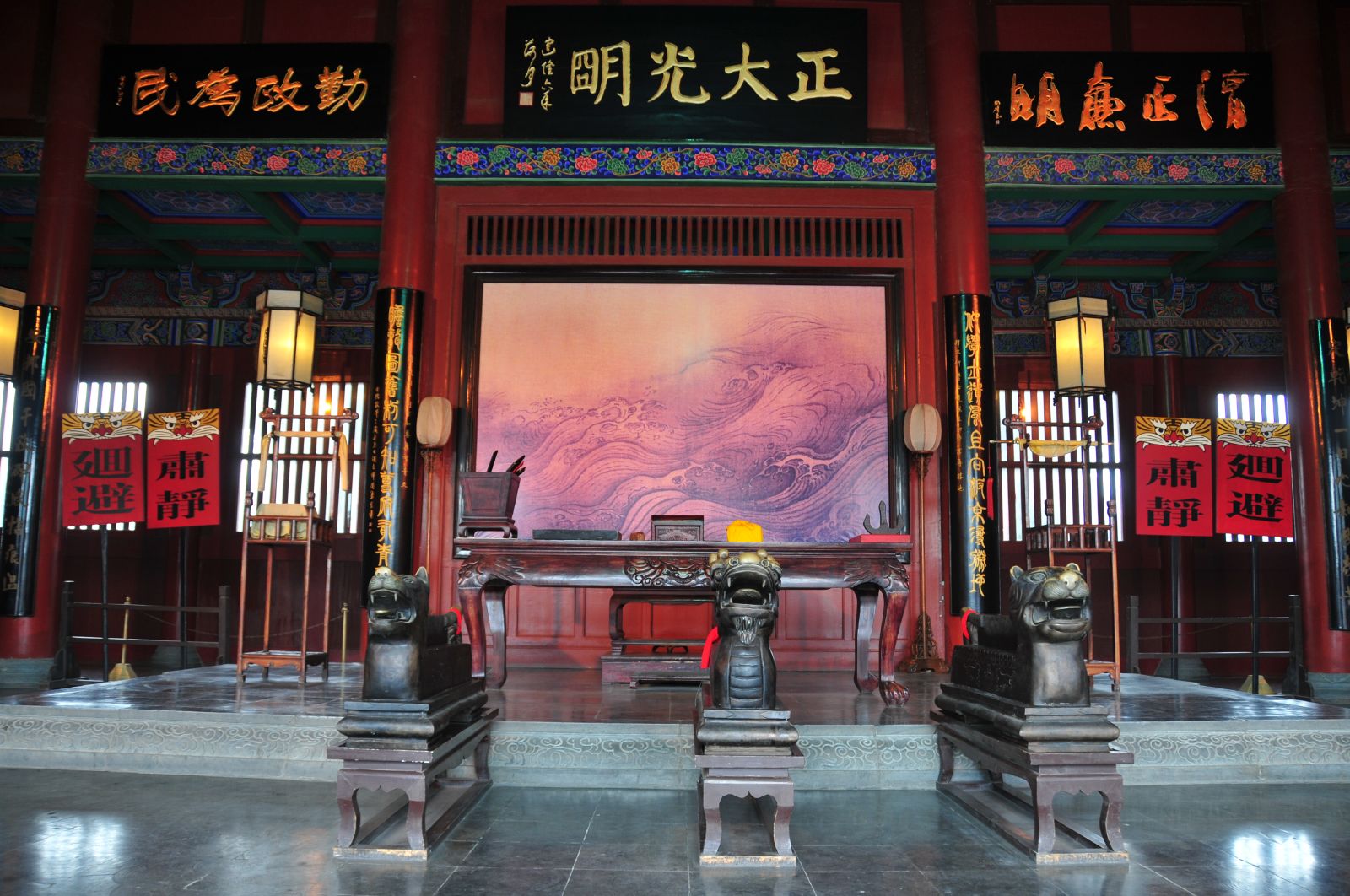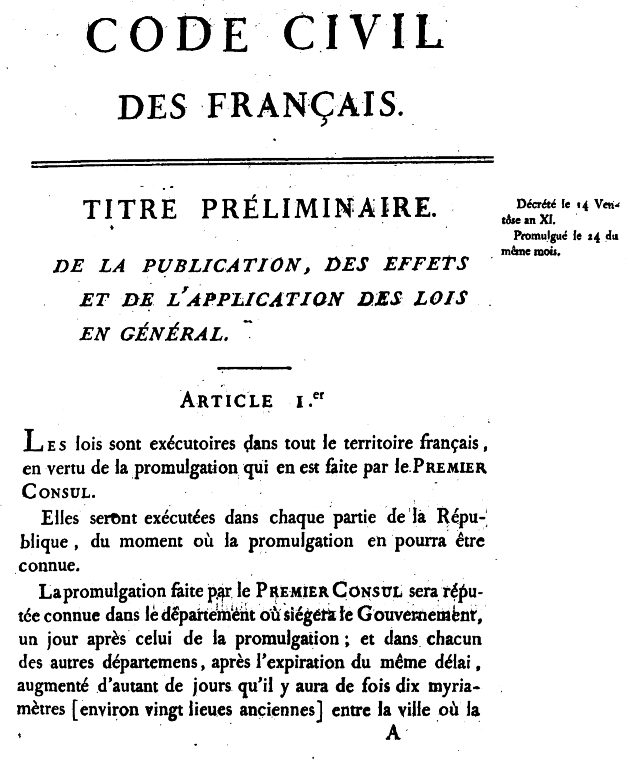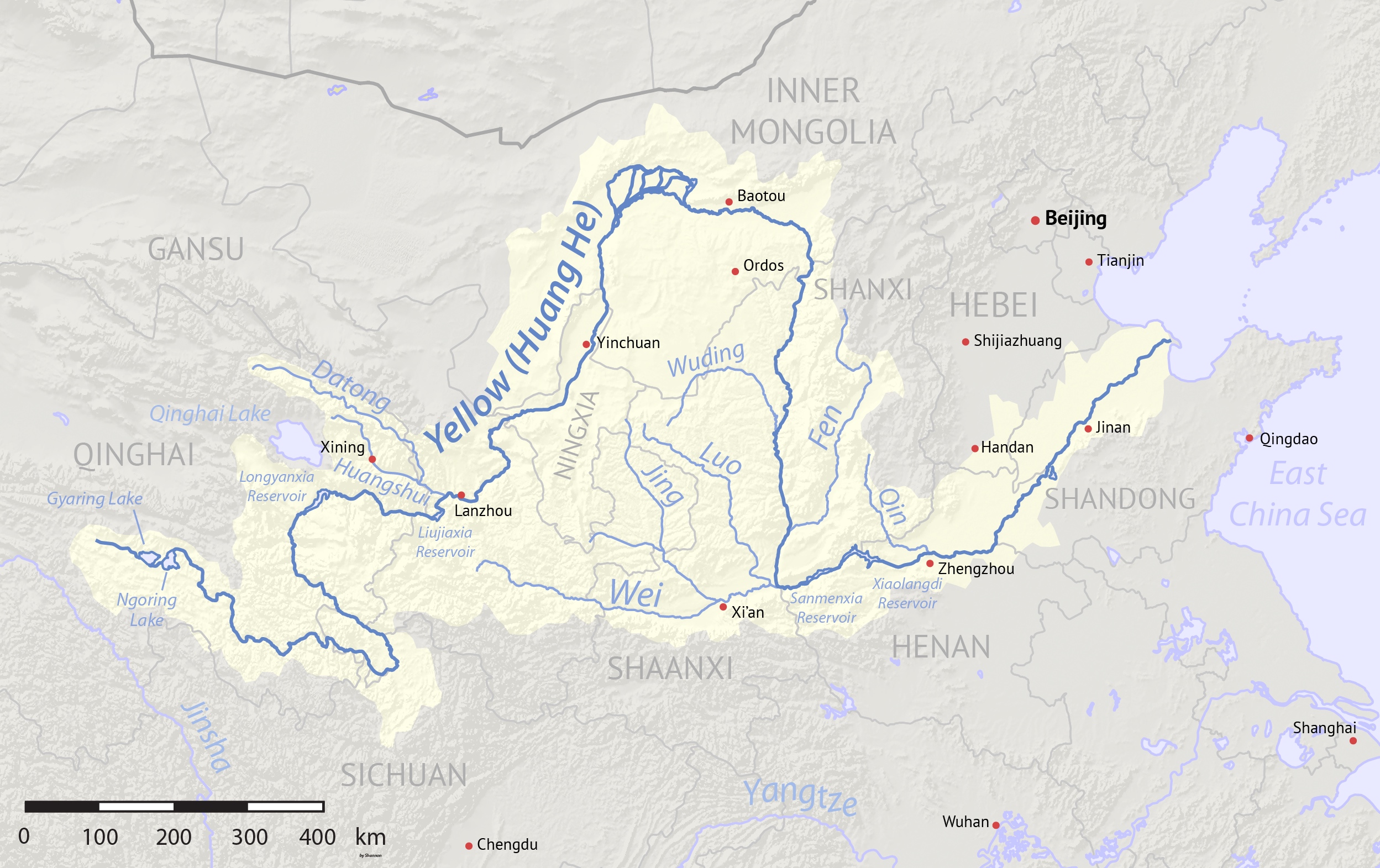|
Tang Code
The ''Tang Code'' () was a penal code that was established and used during the Tang dynasty in China. Supplemented by civil statutes and regulations, it became the basis for later dynastic codes not only in China but elsewhere in East Asia. The Code synthesized Legalist and Confucian interpretations of law. Created in AD 624 and modified in AD 627 and 637, it was promulgated in AD 652 with 502 articles in 12 sections and enhanced with a commentary (the 唐律疏議) in 653. Considered one of the greatest achievements of traditional Chinese law, the Tang Code is also the earliest Chinese code to have been transmitted to the present in its complete form.Gernet (1996),bal244-245 Origin and context The Tang code took its roots in the code of the Northern Zhou (564) dynasty, which was itself based on the earlier codes of the Cao-Wei and Western Jin (268).Gernet (1996)244 Aiming to smooth the earlier laws and reduce physical punishments (such as mutilations) in order to appease soci ... [...More Info...] [...Related Items...] OR: [Wikipedia] [Google] [Baidu] |
Tang Dynasty
The Tang dynasty (, ; zh, c=唐朝), or the Tang Empire, was an Dynasties of China, imperial dynasty of China that ruled from 618 to 907, with an Wu Zhou, interregnum between 690 and 705. It was preceded by the Sui dynasty and followed by the Five Dynasties and Ten Kingdoms period. Historians generally regard the Tang as a high point in Chinese civilisation, and a Golden age (metaphor), golden age of cosmopolitan culture. Tang territory, acquired through the military campaigns of its early rulers, rivalled that of the Han dynasty. The House of Li, Li family founded the dynasty after taking advantage of a period of Sui decline and precipitating their final collapse, in turn inaugurating a period of progress and stability in the first half of the dynasty's rule. The dynasty was formally interrupted during 690–705 when Empress Wu Zetian seized the throne, proclaiming the Wu Zhou dynasty and becoming the only legitimate Chinese empress regnant. The An Lushan rebellion (755 ... [...More Info...] [...Related Items...] OR: [Wikipedia] [Google] [Baidu] |
County Magistrate (China)
The county magistrate or local magistrate, known by several Chinese names, was the official in charge of the '' xian'' ("county"), the lowest level of central government in Imperial and early Republican China. The magistrate was the official who had face-to-face relations with the people and administered all aspects of government on behalf of the emperor. The emperor appointed magistrates from among those who passed the imperial examinations or had purchased equivalent degrees. Education in the Confucian Classics included no practical training, but indoctrinated the officials with a shared ideology which helped to unify the empire. A magistrate acquired specialized skills only after assuming office. Once in office, the magistrate was caught between the demands of his superiors and the needs and the resistance of his often-unruly constituents. Promotion depended on the magistrate's ability to maintain peace and lawful order as he supervised tax collection, roads, water contro ... [...More Info...] [...Related Items...] OR: [Wikipedia] [Google] [Baidu] |
Legal History Of China
The origin of the current law of the People's Republic of China can be traced back to the period of the early 1930s, during the establishment of the Chinese Soviet Republic. In 1931 the first supreme court was established. Though the contemporary legal system and laws have no direct links to traditional Chinese law, their impact and influence of historical norms still exist. In the period between 1980 and 1987, important progress was made in replacing the ''rule of men'' with the ''rule of law''. Laws originally passed in 1979 and earlier were amended and augmented, and law institutes and university law departments that had been closed during the Cultural Revolution were opened to train lawyers and court personnel. It was only a beginning, but important steps had been taken in developing a viable legal system and making the government and the courts answerable to an invisible standard. Imperial era Contemporary social control is rooted in the Confucian past. The teachings ... [...More Info...] [...Related Items...] OR: [Wikipedia] [Google] [Baidu] |
Legal Codes
A code of law, also called a law code or legal code, is a systematic collection of statutes. It is a type of legislation that purports to exhaustively cover a complete system of laws or a particular area of law as it existed at the time the code was enacted, by a process of codification. Though the process and motivations for codification are similar in different common law and civil law systems, their usage is different. In a civil law country, a code of law typically exhaustively covers the complete system of law, such as civil law or criminal law. By contrast, in a common law country with legislative practices in the English tradition, codes modify the existing common law only to the extent of its express or implicit provision, but otherwise leaves the common law intact. In the United States and other common law countries that have adopted similar legislative practices, a code of law is a standing body of statute law on a particular area, which is added to, subtracted fr ... [...More Info...] [...Related Items...] OR: [Wikipedia] [Google] [Baidu] |
Great Qing Legal Code
The Great Qing Legal Code (or Great Ching Legal Code), also known as the Qing Code (Ching Code) or, in Hong Kong law, as the ''Ta Tsing Leu Lee'' (), was the legal code of the Qing empire (1644–1912). The code was based on the Ming legal code, the , which was kept largely intact. Compared to the Ming Code, which had no more than several hundred statutes and sub-statutes, the Qing Code contained 1,907 statutes across over 30 revisions between 1644 and 1912. One of the earliest of these revisions was in 1660, completed by the Qing official Wei Zhouzuo and the noble Bahana. The Qing Code was the last legal code of Imperial China. By the end of the Qing dynasty, it had been the only legal code enforced in China for nearly 270 years. Even with the fall of the imperial Qing in 1912, the Confucian philosophy of social control enshrined in the Qing Code remained influential in the subsequent German law-based legal system of the Republic of China, and later, the Soviet-based system of ... [...More Info...] [...Related Items...] OR: [Wikipedia] [Google] [Baidu] |
Torture
Torture is the deliberate infliction of severe pain or suffering on a person for reasons including corporal punishment, punishment, forced confession, extracting a confession, interrogational torture, interrogation for information, or intimidating third parties. definitions of torture, Some definitions restrict torture to acts carried out by the state (polity), state, while others include non-state organizations. Most victims of torture are poor and marginalized people suspected of crimes, although torture against political prisoners, or during armed conflict, has received disproportionate attention. Judicial corporal punishment and capital punishment are sometimes seen as forms of torture, but this label is internationally controversial. A variety of methods of torture are used, often in combination; the most common form of physical torture is beatings. Beginning in the twentieth century, many torturers have preferred non-scarring or psychological torture, psychological meth ... [...More Info...] [...Related Items...] OR: [Wikipedia] [Google] [Baidu] |
Fengshui
Feng shui ( or ), sometimes called Chinese geomancy, is a traditional form of geomancy that originated in ancient China and claims to use energy forces to harmonize individuals with their surrounding environment. The term ''feng shui'' means, literally, "wind-water" (i.e., fluid). From ancient times, landscapes and bodies of water were thought to direct the flow of the universal qi – "cosmic current" or energy – through places and structures. More broadly, feng shui includes astronomical, astrological, architectural, cosmological, geographical, and topographical dimensions. Historically, as well as in many parts of the contemporary Chinese world, feng shui was used to choose the orientation of buildings, dwellings, and spiritually significant structures such as tombs. One scholar writes that in contemporary Western societies, however, "feng shui tends to be reduced to interior design for health and wealth. It has become increasingly visible through 'feng shui consul ... [...More Info...] [...Related Items...] OR: [Wikipedia] [Google] [Baidu] |
Yijing
The ''I Ching'' or ''Yijing'' ( ), usually translated ''Book of Changes'' or ''Classic of Changes'', is an ancient Chinese divination text that is among the oldest of the Chinese classics. The ''I Ching'' was originally a divination manual in the Western Zhou period (1000–750 BC). Over the course of the Warring States period, Warring States and early imperial periods (500–200 BC), it transformed into a Religious cosmology, cosmological text with a series of philosophical commentaries known as the Ten Wings. After becoming part of the Chinese Five Classics in the 2nd century BC, the ''I Ching'' was the basis for divination practice for centuries across the Far East and was the subject of scholarly commentary. Between the 18th and 20th centuries, it took on an influential role in Western understanding of East Asian philosophical thought. As a divination text, the ''I Ching'' is used for a Chinese form of cleromancy known as I Ching divination, ''I Ching'' div ... [...More Info...] [...Related Items...] OR: [Wikipedia] [Google] [Baidu] |
Yellow River Map
The Yellow River Map, Scheme, or Diagram, also known by its Chinese name as the Hetu, is an ancient Chinese diagram that appears in myths concerning the invention of writing by Cangjie and other culture heroes. It is usually paired with the Luoshu Squarenamed in reference to the Yellow River's Luo tributaryand used with the Luoshu in various contexts involving Chinese geomancy, numerology, philosophy, and early natural science. Geographical background The Yellow River (Chinese: ''Huang He'') flows from the Tibetan Plateau to the Bay of Bohai over a course of , making it the second-longest river in Asia and the sixth-longest in the world. Its ancient name was simply ''He'' before that character was broadened to be used in reference to most moderately sized rivers. The River Map has thus always been understood to be particularly in reference to the Yellow River and sometimes taken as a diagram of its course or the forces acting upon it. Astrological background The conce ... [...More Info...] [...Related Items...] OR: [Wikipedia] [Google] [Baidu] |
Lo Shu Square
The Luoshu (pinyin), Lo Shu (Wade-Giles), or Nine Halls Diagram is an Ancient China, ancient Chinese diagram and named for the Luo River (Henan), Luo River near Luoyang, Henan. The Luoshu appears in Chinese mythology, myths concerning the Chinese inventions, invention of Chinese writing, writing by Cangjie and other culture heroes. It is a unique normal magic square of order three. It is usually paired with the Yellow River Map, River Map or Hetunamed in reference to the Yellow Riverand used with the River Map in various contexts involving Chinese geomancy, Chinese numerology, numerology, Chinese philosophy, philosophy, and early natural science. Traditions The Lo Shu is part of the legacy of ancient Chinese mathematical and divination (cf. the I Ching ) traditions, and is an important emblem in ''Feng Shui'' ()—the art of geomancy concerned with the placement of objects in relation to the flow of qi (), or "natural energy". History A Chinese legend concerning the pre-histori ... [...More Info...] [...Related Items...] OR: [Wikipedia] [Google] [Baidu] |
Garrote
A garrote ( ; alternatively spelled as garotte and similar variants)''Oxford English Dictionary'', 11th Ed: garrotte is normal British English spelling, with single r alternate. Article title is US English spelling variant. or garrote vil () is a weapon and a method of capital punishment. It consists of a handheld (or, in later years, sometimes mechanical) ligature of chain, rope, scarf, wire, or fishing line, used to strangle a person.Newquist, H.P. and Maloof, Rich, ''This Will Kill You: A Guide to the Ways in Which We Go'', New York: St. Martin's Press, (2009), pp. 133-6 Assassination weapon A garrote can be made of different materials, including ropes, cloth, cable ties, fishing lines, nylon, guitar strings, telephone cord or piano wire.Whittaker, Wayne, ''Tough Guys'', Popular Mechanics, February 1943, Vol. 79 No. 2, pp. 44Steele, David E., ''Silent Sentry Removal'', Black Belt Magazine, August 1986, Vol. 24 No. 8, pp. 48–49 A stick may be used to tighten the garrote; ... [...More Info...] [...Related Items...] OR: [Wikipedia] [Google] [Baidu] |
Penal Labour
Penal labour is a term for various kinds of forced labour that prisoners are required to perform, typically manual labour. The work may be light or hard, depending on the context. Forms of sentence involving penal labour have included involuntary servitude, penal servitude, and imprisonment with hard labour. The term may refer to several related scenarios: labour as a form of punishment, the prison system used as a means to secure labour, and labour as providing occupation for convicts. These scenarios can be applied to those imprisoned for political, religious, war, or other reasons as well as to criminal convicts. Large-scale implementations of penal labour include labour camps, prison farms, penal colonies, penal military units, penal transportation, or aboard prison ships. Punitive versus productive labour Punitive labour, also known as convict labour, prison labour, or hard labour, is a form of forced labour used in both the past and the present as an additiona ... [...More Info...] [...Related Items...] OR: [Wikipedia] [Google] [Baidu] |









